16 Things Parents Did in the 70s That Would Be Unthinkable Today
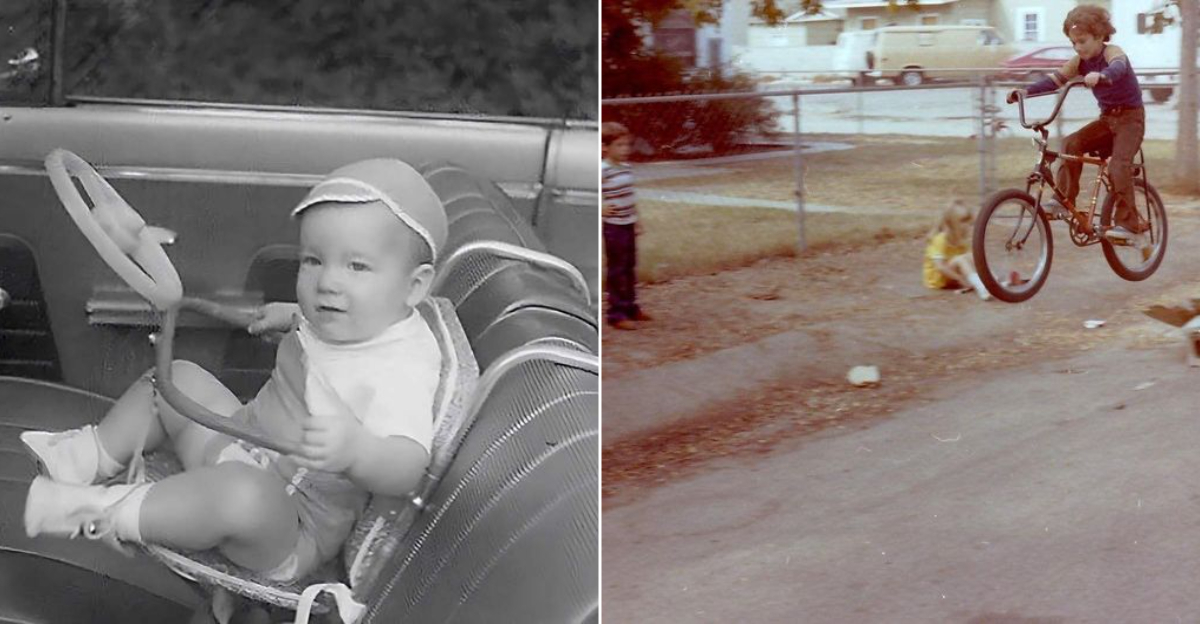
The 1970s were a vastly different time when it came to raising children. Parenting styles were far more relaxed, and safety regulations were nowhere near as strict as they are today.
Kids had more freedom to roam, parents were far less worried about dangers, and certain practices that seem shocking now were simply a normal part of everyday life.
From questionable safety choices to casual attitudes toward health risks, this list takes a nostalgic yet eye-opening look at the parenting norms of the ’70s that would be unheard of today.
1. Car Rides Without Seatbelts
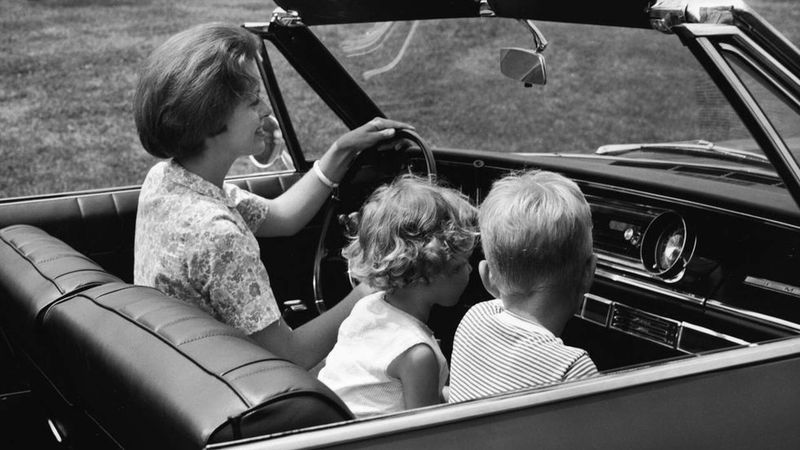
Back in the ’70s, seatbelts were more of an afterthought than a necessity.
Kids bounced around the backseat, sometimes even lying down for naps on long road trips. Some even rode in the front seat or the back of pickup trucks, enjoying the wind in their hair.
Parents didn’t see this as reckless—it was simply how things were done. Today, strict seatbelt laws and car seat regulations make such casual attitudes toward car safety unthinkable.
2. Smoking in Enclosed Spaces
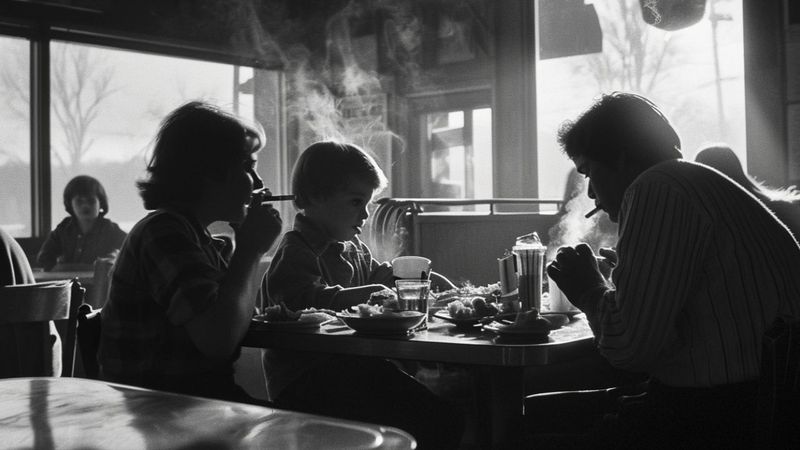
Smoking indoors—whether at home, in the car, or even at restaurants—was simply part of daily life in the 1970s.
It wasn’t uncommon for kids to sit in the backseat while their parents puffed away with the windows barely cracked open. Secondhand smoke wasn’t a major concern back then, and cigarettes were considered a common social habit rather than a health hazard.
Fast forward to today, and smoking around children—especially in enclosed spaces—is widely discouraged, if not outright banned in many places.
3. Letting Kids Roam Free
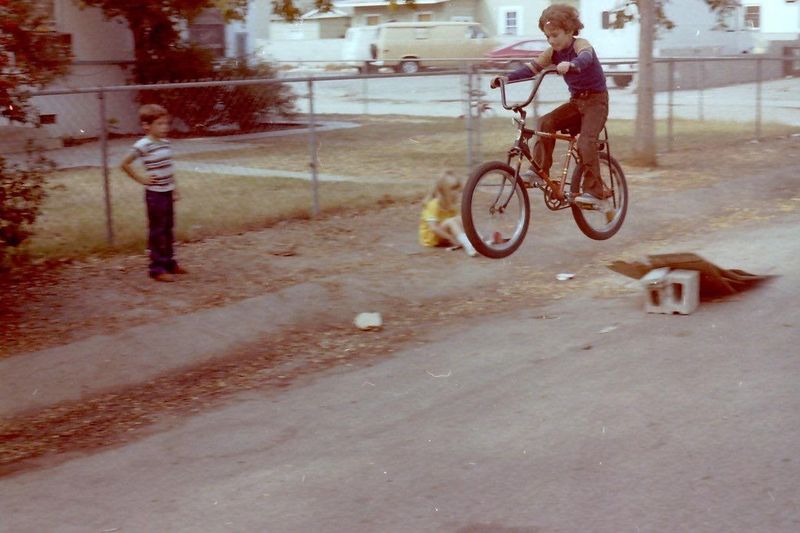
In the ’70s, kids had the freedom to wander the streets, ride bikes for hours, and explore the outdoors—without any parental supervision.
As long as they were home by dinner or when the streetlights came on, everything was fine. Parents believed this freedom built independence and resilience.
Today, such unsupervised play is rare. Many parents are hesitant to let their children go out alone, reflecting modern concerns about safety.
4. Using Lead-Based Paint
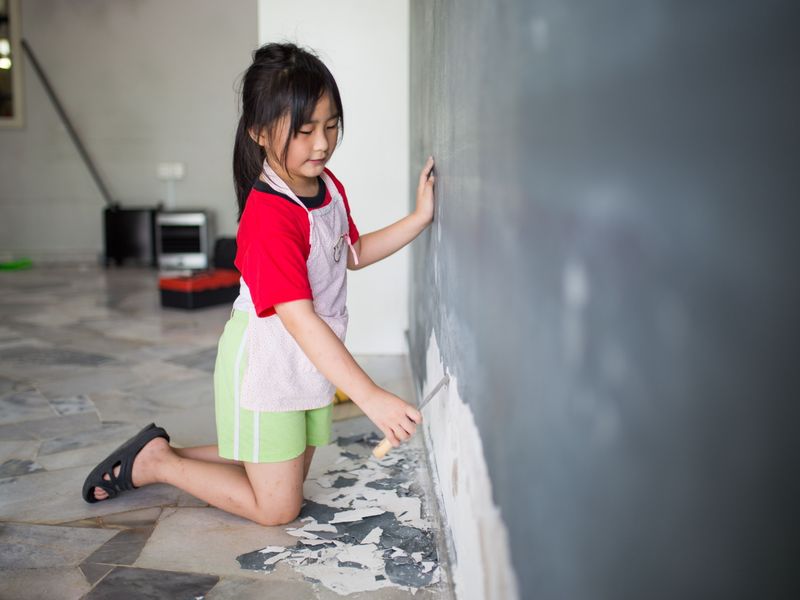
In the 1970s, homes were often painted with vibrant, lead-based paint—completely unaware of its health risks.
Lead poisoning, especially in children, wasn’t fully understood at the time, and many kids were unknowingly exposed.
Today, lead-based paint is banned in most places, and parents take great care in ensuring non-toxic materials are used in their homes.
5. Minimal Childproofing at Home
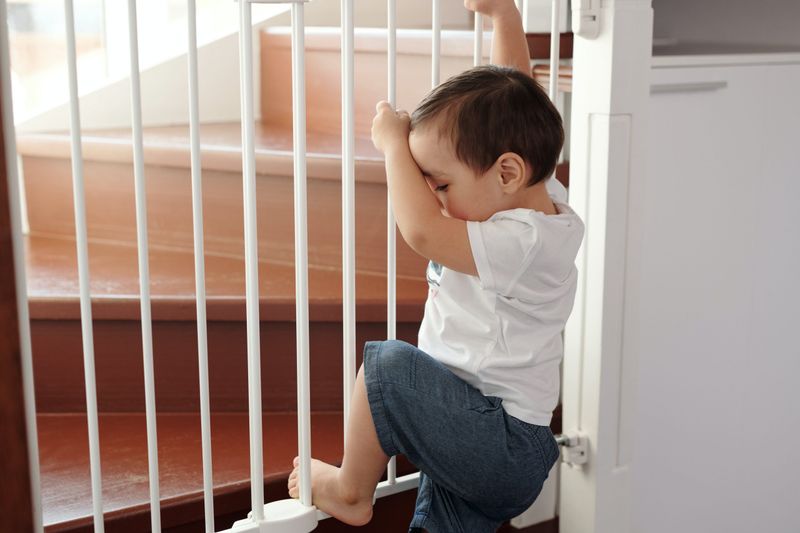
Sharp corners, unlocked cabinets, and easy access to cleaning products were all common in ’70s households.
Instead of baby gates and outlet covers, parents relied on verbal warnings to keep kids away from danger.
Now, childproofing is a major industry, with parents using safety latches, soft edges, and baby monitors to ensure a secure home environment.
6. Unrestricted TV Time
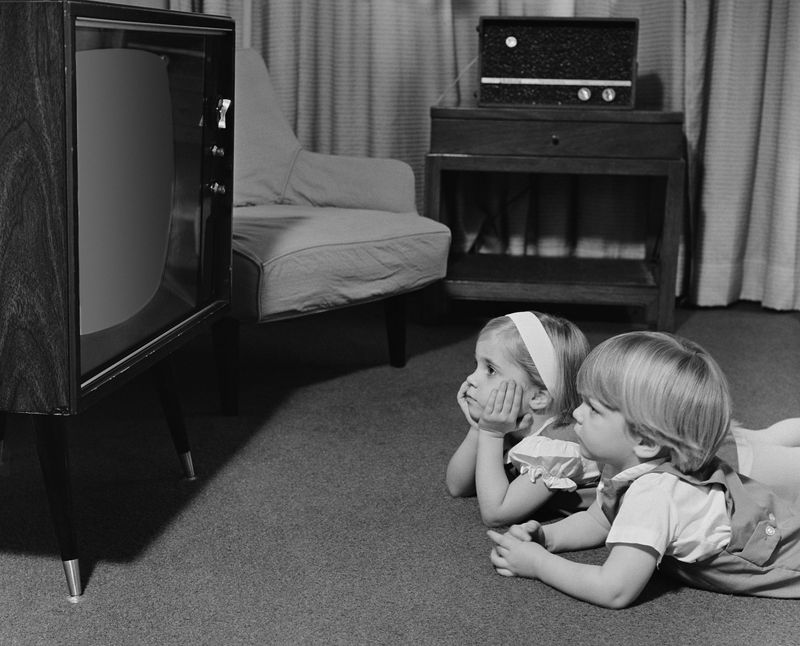
In the ’70s, TV time wasn’t restricted—kids could watch cartoons for hours without concern.
There were no parental controls, and many children tuned in to programs that wouldn’t be considered “kid-friendly” today.
Modern parents set strict screen time limits, ensuring kids balance entertainment with outdoor activities, education, and sleep.
7. Allowing Dads to Babysit
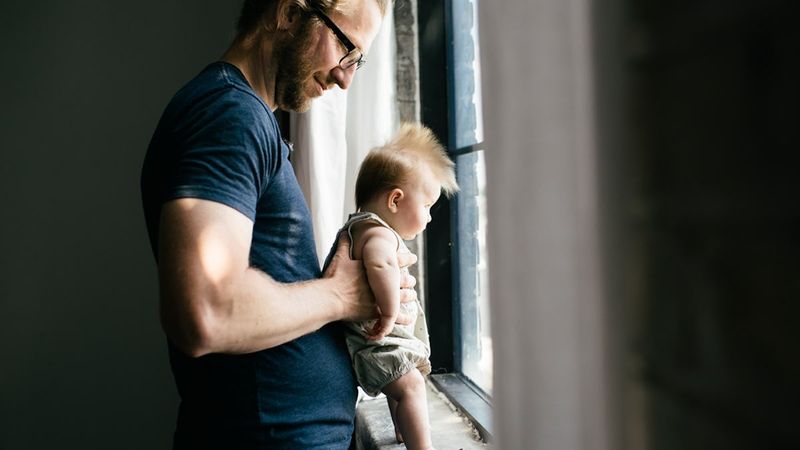
In the 1970s, child-rearing was mostly considered a “mother’s job.”
If a dad watched the kids, it was often referred to as “babysitting” rather than parenting. Fathers were expected to be providers, while mothers handled household and childcare duties.
Today, parenting is seen as a shared responsibility, with dads playing a much more active role in raising their children.
8. Allowing Kids to Eat Unhealthy Snacks
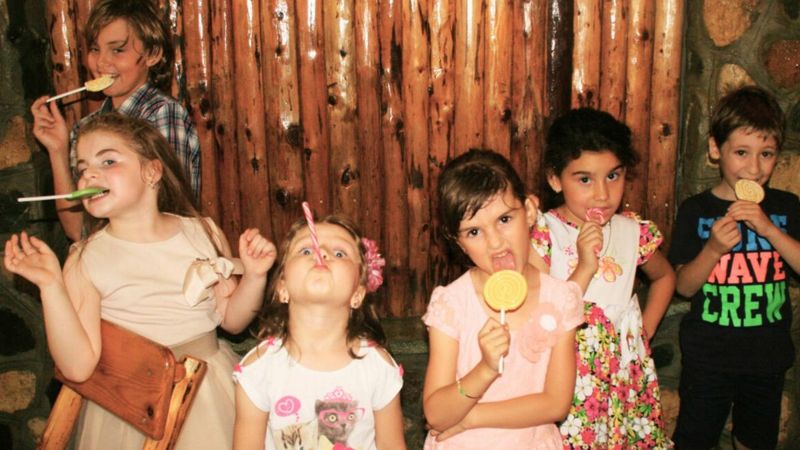
Sugary cereals, soda, and fast food were staples in many 1970s homes.
Nutrition wasn’t a primary concern, and processed snacks were often seen as harmless treats.
Today, parents prioritize healthy eating, avoiding artificial ingredients and limiting sugar consumption to promote a more balanced diet.
9. DIY Playground Equipment
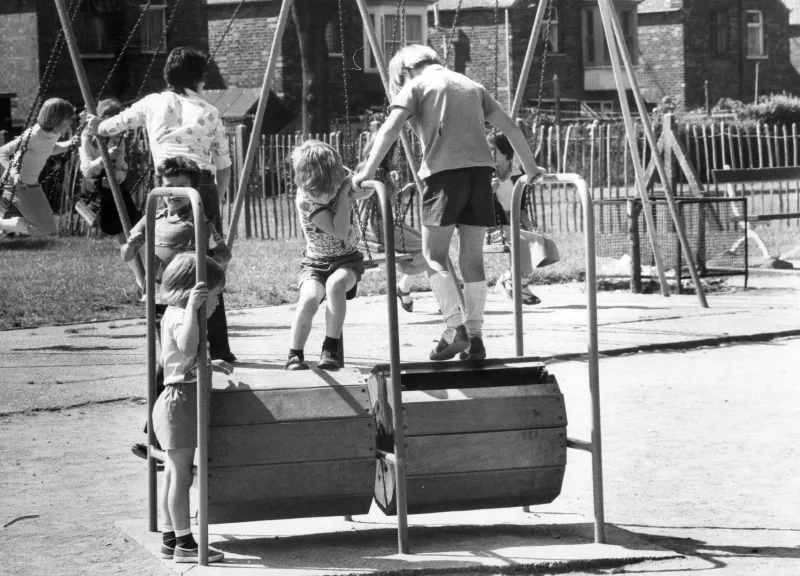
In the 1970s, playgrounds weren’t always built to safety standards—many were homemade, crafted from wood, metal, or even repurposed materials.
Parents would construct their own backyard play areas, often without considering safety hazards like sharp edges or unstable structures. Swings, slides, and seesaws were fun but came with a higher risk of injury.
Today, playgrounds follow strict safety regulations, using soft padding, rounded edges, and carefully engineered designs to minimize risk. The days of DIY playsets made from whatever was available are long gone.
10. Ignoring Food Allergies
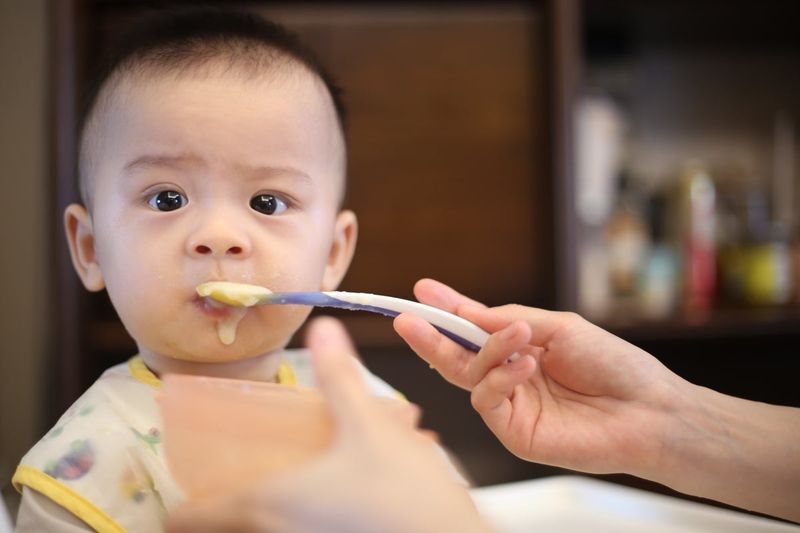
In the ’70s, food allergies were rarely acknowledged or taken seriously.
Schools didn’t have nut-free policies, and parents often brushed off allergic reactions as “sensitivity” or “just a picky eater.” Peanut butter sandwiches were packed in lunchboxes without a second thought, and food labels didn’t list allergens as they do today.
Now, there’s a heightened awareness of food allergies, with schools, restaurants, and parents taking extra precautions to protect children with dietary restrictions. What was once overlooked is now a major concern for child safety.
11. Sending Kids to Buy Cigarettes

Believe it or not, in the 1970s, kids were often sent to the store to buy cigarettes for their parents.
Cashiers rarely asked questions, and there were few restrictions on tobacco sales to minors. It was simply a normal part of running errands—kids could walk into a shop and purchase a pack of cigarettes without ID or adult supervision.
Today, tobacco sales are highly regulated, and sending a child to buy cigarettes would not only be frowned upon but also illegal in most places. This is one of the many parenting norms that have drastically changed.
12. Having Kids in the Front Seat
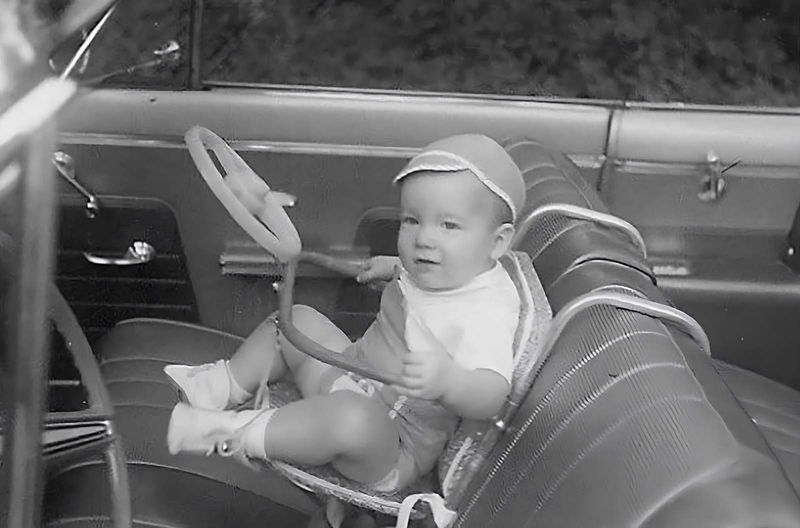
In the ’70s, it was completely normal for kids to ride in the front seat of a car—without car seats or seatbelts.
Parents often buckled small children in next to them, completely unaware of the dangers posed by airbags, sudden stops, or collisions.
Fast forward to today, and car seat regulations have become much stricter, with laws requiring young children to sit in the back, properly restrained. What was once routine is now considered extremely unsafe.
13. Leaving Kids in Cars
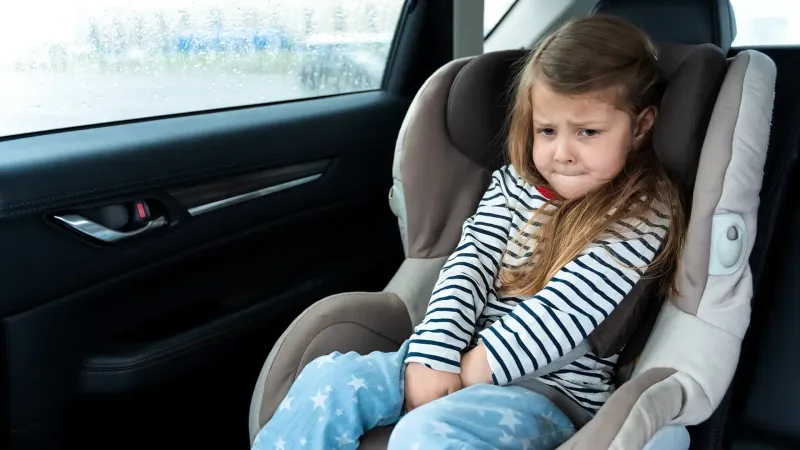
In the 1970s, it was common for parents to leave kids unattended in the car while running quick errands.
Children would wait in hot or cold cars for extended periods, sometimes even playing in the front seat. Back then, parents saw no harm in it, assuming their kids were safe as long as they stayed put.
Now, leaving a child in a vehicle is widely condemned and, in many places, illegal due to risks like heatstroke, suffocation, or kidnapping. Modern parenting prioritizes constant supervision in all situations.
14. Home Births Without Medical Assistance
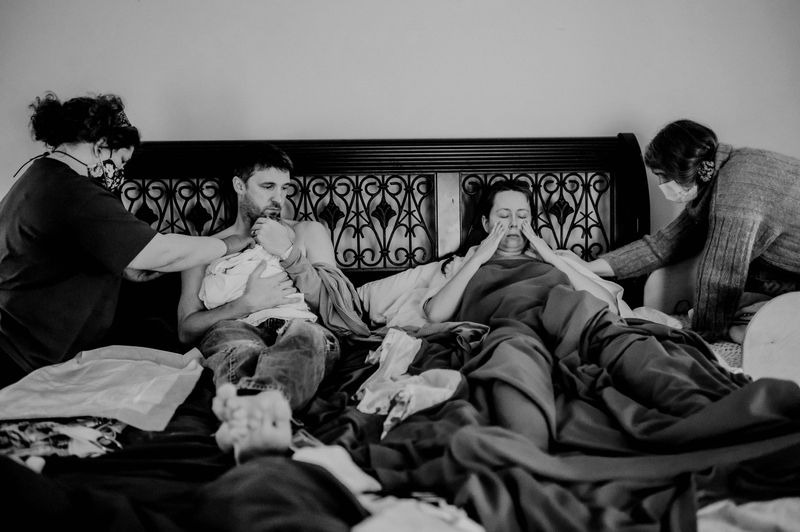
Giving birth at home was far more common in the 1970s, often with little or no medical supervision.
While some parents chose home births for personal reasons, others simply had fewer hospital options or trusted the “natural” approach. Many births occurred without doctors, modern monitoring, or emergency intervention.
Today, while home births still happen, they are much more regulated, with professional midwives, doulas, and medical backup plans in place. The approach to childbirth has shifted dramatically in favor of safety and preparedness.
15. No Bicycle Helmets
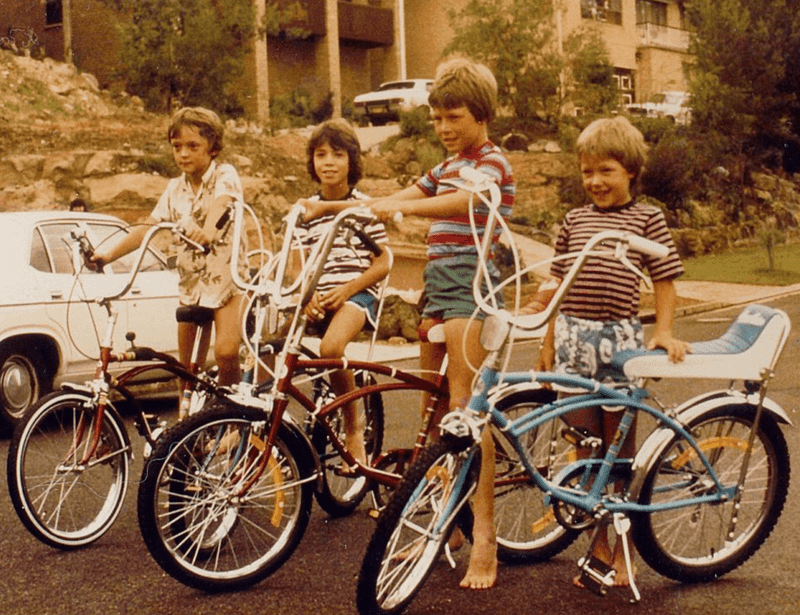
Kids in the ’70s rode bikes without helmets, zooming down the streets with zero protective gear.
There were no helmet laws, and most parents didn’t think twice about head injuries. Cuts, scrapes, and the occasional broken bone were just part of childhood.
Today, helmets are strongly encouraged and often required by law, as parents recognize the risks of serious head injuries. The carefree bike rides of the ’70s have been replaced with a more safety-conscious approach.
16. Allowing Kids to Walk to School Alone
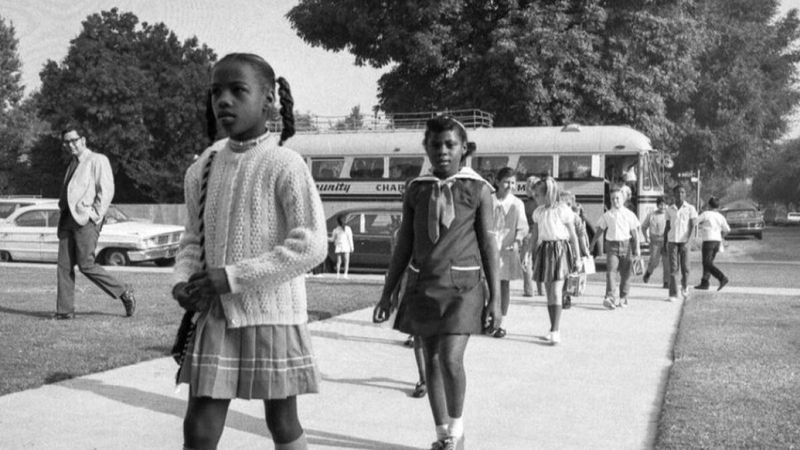
In the ’70s, walking to school alone was a daily ritual for many kids.
Parents trusted their children to navigate streets, cross intersections, and make it safely to school. There was less concern about crime, traffic, or abduction risks.
Today, many parents hesitate to let children walk alone, preferring to drive them or arrange supervised group walks. This change reflects evolving attitudes about child safety and independence.
